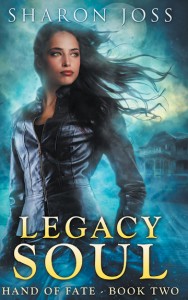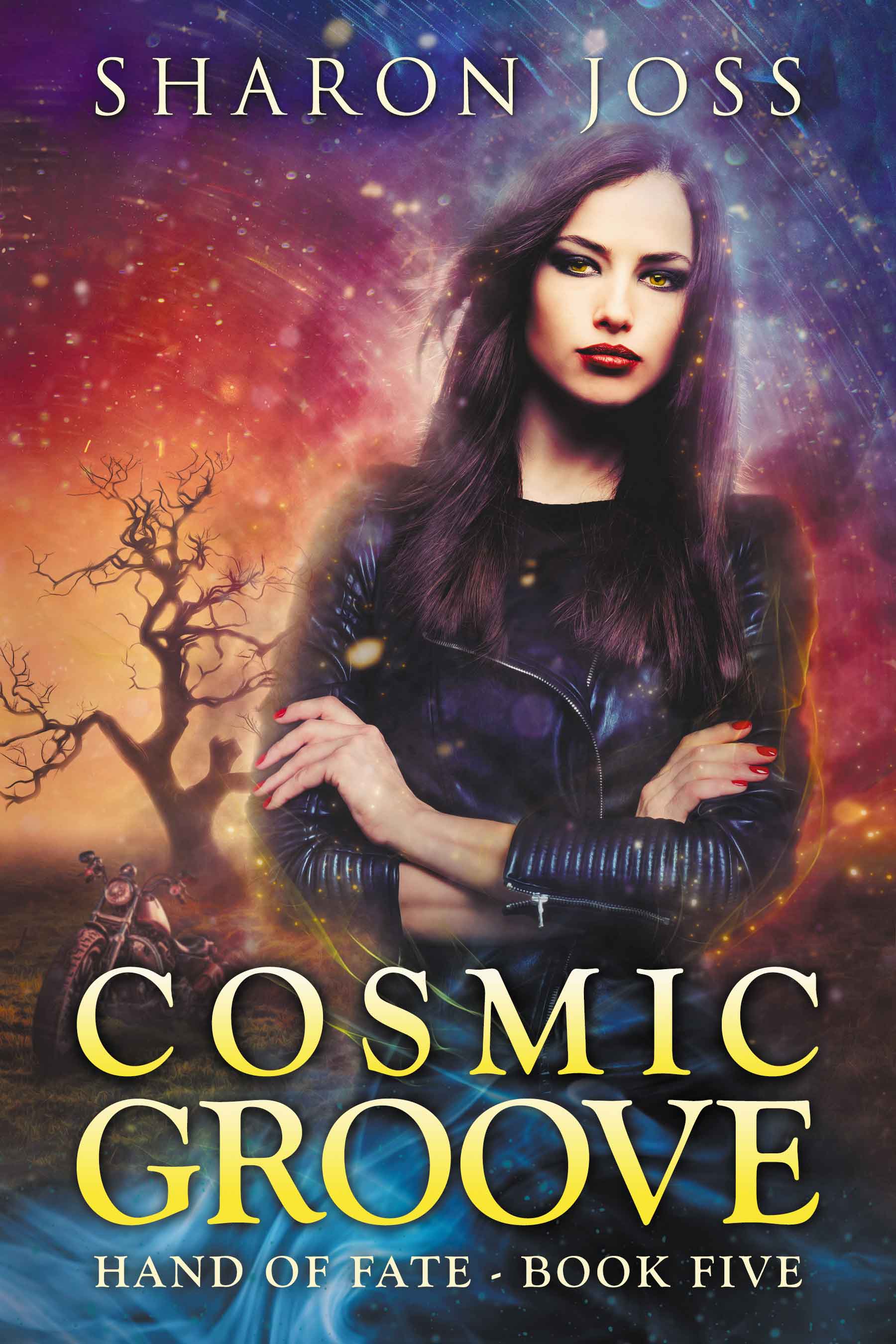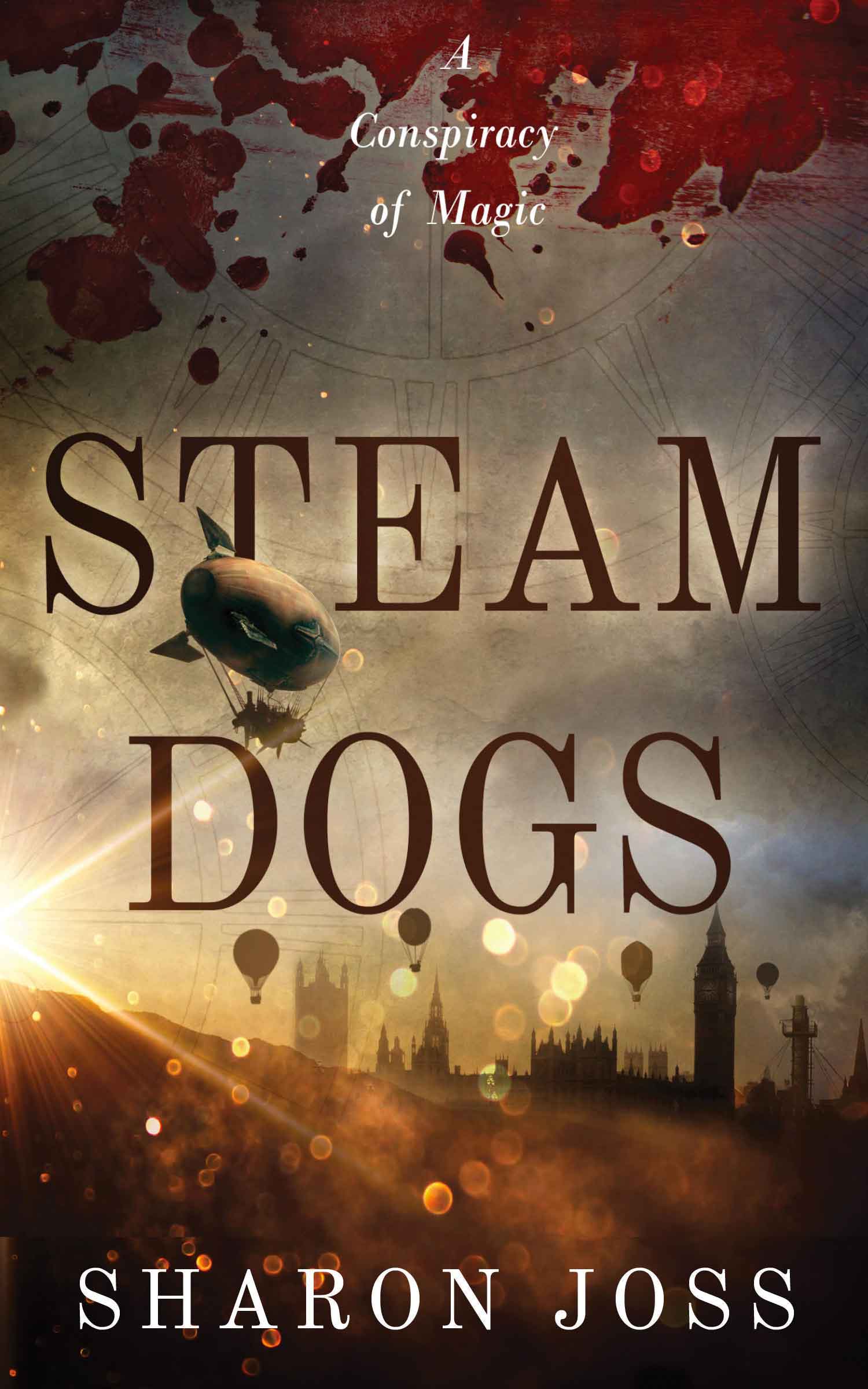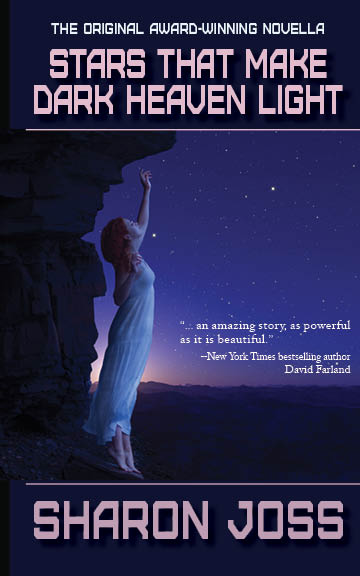 In her terrific book, Write Away, author Elizabeth George shows how she develops such detailed and vivid locations for her stories. In many cases she writes about places that actually exist; she photographs the buildings or sites to help her capture the light, mood, and even time of day that the characters would see when they interact with the setting. She travels extensively in her research into the settings for her books, and journals her feelings about the setting well in advance of writing the story.
In her terrific book, Write Away, author Elizabeth George shows how she develops such detailed and vivid locations for her stories. In many cases she writes about places that actually exist; she photographs the buildings or sites to help her capture the light, mood, and even time of day that the characters would see when they interact with the setting. She travels extensively in her research into the settings for her books, and journals her feelings about the setting well in advance of writing the story. Dean Koontz pulls his more exotic locales and cultural details from travel guides, cross-referenced with interviews from people who have been to those locations first-hand. Janet Evanovich writes about places she is familiar with and knows well. She emphasizes integration of the cultural norms within the locale to add a sense of authenticity and grounding to the story. Orson Scott Card draws maps of imaginary continents and countries, adding landscape details, such as rivers, mountains, and cities as appropriate. He builds his worlds from the outside in, starting with gates, tunnels, and portals; then the rules for entry and exit of each, and identifies what kinds of characters and magic would be governed or enabled by each portal.
In the series I’m working on now, I’ve invented a fictitious town wedged into an area where I lived for many years. I’ve got a map of the town drawn on a whiteboard that is hanging on the wall of my office. I’ve named the streets, the major geographical elements, and the major businesses in the town. There’s a school, a hospital, banks, restaurants, and everything a small town needs. I’ve even given the town a history, going back to the Native Americans, and forward through Prohibition and the construction of the nearby highway. Every time I need to add a new character or business into my fictional town, I plot it out on the whiteboard, so that I know exactly where this new addition ‘lives’ in my town. I confess, I have a lot of fun with this.
Regardless of how you develop your setting, it makes sense to know it well enough to allow your characters to interact the setting in a grounded way. And this means more than just the weather. The time of season, temperature changes, changes in sunrise and sunset, traffic patterns, business hours, and of course all five sensory aspects will affect your characters on some level. Someone told me once that actor Paul Newman made certain that he interacted with some aspect of the set in each of his scenes; whether it was touching a table or picking up an item. Your characters need to do more than just pass through the scene; they need to be grounded by it in a specific and particular way. This means they are affected by it, moved by it, or notice something about it.









